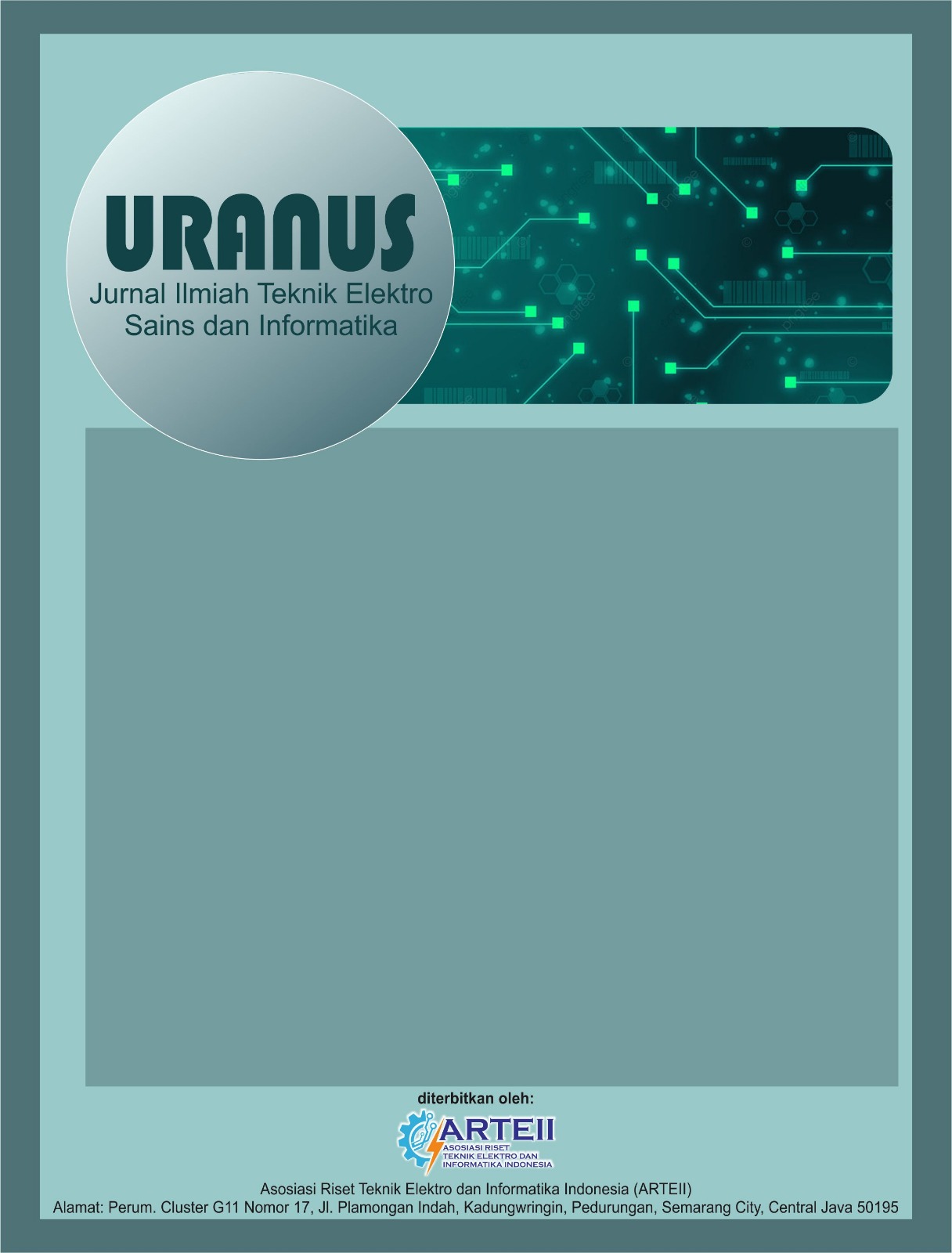Analisis Produk Terlaris Menggunakan Metode K-Means Clustering Pada “Toko Hartati”
DOI:
https://doi.org/10.61132/uranus.v2i4.514Keywords:
K-Means Clustering, Best Selling Products, Sales Analysis, Stock Management, Marketing StrategyAbstract
This research aims to analyze the best-selling products at Toko Hartati using the K-Means Clustering method. K-Means Clustering is an unsupervised learning algorithm that is effective in grouping data based on certain similar characteristics. In this context, the data used includes the number of sales, product prices, and product categories. Through this analysis, it is hoped that insight can be gained regarding products that have the best sales performance, as well as sales patterns that can be used as a reference in stock management and marketing strategies. The data used in this research includes sales transactions during a certain period, with the aim of identifying product clusters based on sales patterns. The analysis results show the existence of two main product groups, where the first cluster contains products with high sales numbers, which can be classified as best-selling products, while the second cluster includes products with lower sales. These findings provide valuable information for the management of Toko Hartati in determining more targeted marketing strategies and more efficient stock management. This research suggests using the K-Means Clustering method in data-based decision making to improve sales performance in retail stores.
References
Akhtar, N., Rehman, S. U., & Ur Rehman, A. (2020). Customer segmentation based on purchasing behavior using data mining techniques. International Journal of Advanced Computer Science and Applications, 11(3), 117-122. https://doi.org/10.14569/IJACSA.2020.0110317
Chen, Z., & Zhang, J. (2021). Optimization of product recommendation systems using K-Means clustering in e-commerce. Journal of Information Science and Engineering, 37(4), 965-980.
Han, J., Kamber, M., & Pei, J. (2011). Data mining: Concepts and techniques (3rd ed.). Elsevier.
Ibrahim, M., & Zayed, N. M. (2022). Enhancing sales prediction models with clustering techniques: A comparative study. International Journal of Computer Applications, 184(4), 12-20.
Jain, A. K. (2010). Data clustering: 50 years beyond K-means. Pattern Recognition Letters, 31(8), 651-666.
Jaiswal, S., & Agarwal, M. (2020). Machine learning in retail: A case study on product segmentation using K-Means. Journal of Retail and Consumer Services, 57(2), 102232.
Kim, H., & Lee, S. (2021). Improving inventory management using clustering and prediction models. Journal of Business Analytics, 4(3), 145-158. https://doi.org/10.1080/2573234X.2021.1934793
Nguyen, T. H., & Bui, Q. M. (2023). Application of clustering algorithms for customer segmentation in retail markets. Data Science and Business Review, 10(1), 43-56.
Park, J., & Lee, Y. (2020). A study on optimizing retail strategies using clustering analysis. International Journal of Business Intelligence and Data Mining, 16(3), 217-235.
Singh, R., & Sharma, R. (2021). Segmenting consumer markets using advanced clustering techniques: Implications for marketing strategies. Asia-Pacific Journal of Business Research, 6(1), 45-62.
Sutabri, T. (2012). Analisis sistem informasi. Yogyakarta: Andi Offset.
Sutabri, T. (2012). Konsep sistem informasi. Yogyakarta: Andi Offset.
Wang, X., & Sun, Y. (2022). Data-driven decision-making in retail: Insights from clustering product sales. International Journal of Retail & Distribution Management, 50(4), 461-476.
Weka Documentation. (2016). K-Means clustering. Retrieved from https://www.cs.waikato.ac.nz/ml/weka
Zhang, L., & Huang, X. (2023). Evaluating the effectiveness of clustering techniques in retail product analysis. Journal of Big Data Analytics in Retail, 5(2), 89-101.
Downloads
Published
How to Cite
Issue
Section
License
Copyright (c) 2024 Uranus : Jurnal Ilmiah Teknik Elektro, Sains dan Informatika

This work is licensed under a Creative Commons Attribution-ShareAlike 4.0 International License.





